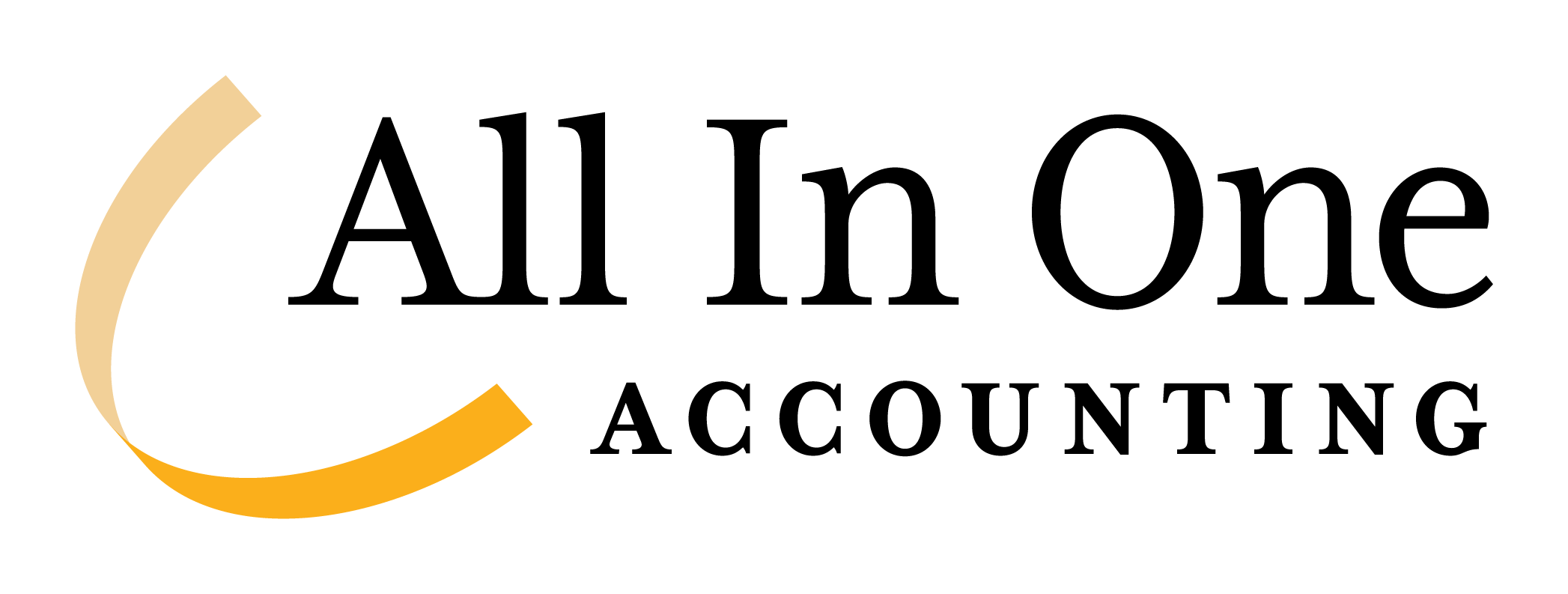In a recent survey by the Non-Profit Finance Fund, 23% of Minnesota Nonprofits have one month or less of cash on hand. And it is not just a Minnesota problem – 50% stated that they had less than 3 months of available cash. While a common recommendation is that non-profits set aside 3-6 months of expenses in a cash reserve, nonprofits are best served by adopting a plan to meet their own unique business model.

Purpose of the Cash Reserve
Cash reserves are intended to be used as “rainy day funds” or an internal line of credit when there are unexpected shortages or expenses. A properly used and maintained cash reserve should ensure the long-term sustainability of the nonprofit to continue its mission.
A Cash Reserve Should:
– Target an amount based on the organization’s unique risks
– Be a written policy approved by the nonprofit’s board of directors
– Specify who has authority to use operating reserves
– Have guidelines on when withdrawals should be replenished
– Be part of the annual budgeting and forecasting process
Defining the Need
How much a nonprofit should have in its cash reserve is dependent on each nonprofit and its level of risk. There are a few steps that can be taken to find a rough estimate for how much reserve a nonprofit should have.
1. Look at Budgets: Examine the budget vs. actual results for the past 2-3 years to identify where unexpected shortfalls occurred.
2. Look into the Future: Develop a forecast for the next 3-5 years. By doing this longer-term forecast, it will define trends and vulnerabilities.
3. Identify Potential Risks: Create a list of potential financial risks. Look not only to the board of directors but also department heads.
4. Quantify Risks: You should have a good idea of the most likely risks and roughly how much money would cause severe cash flow shortages.
Drafting the Reserve Policy, Funding the Cash Reserve, And Monitoring the Cash Reserve
The Cash Reserve Policy should be a written document, approved by the nonprofit’s board of directors. The reserve policy itself may be an internal document, or the nonprofit should consider public disclosure to stakeholders through the organization’s website or electronic communications. Some nonprofits will be well-funded enough to immediately set aside the funds for the cash reserve. Most will most likely have to setup a funding plan over a period of months or years.
Once the cash reserve is in place and funding has begun, regular record keeping should be set up, such as a spreadsheet, to track dollars in and out to maintain the reserve.
Download our entire white paper with more advice and information below.
At All In One Accounting, we take businesses from financial chaos to business clarity and beyond. Our elite team of Accountants, Controllers, and CFOs are ready to help you in these uncertain times. Visit our website here for a free consultation with one of our accounting professionals.










